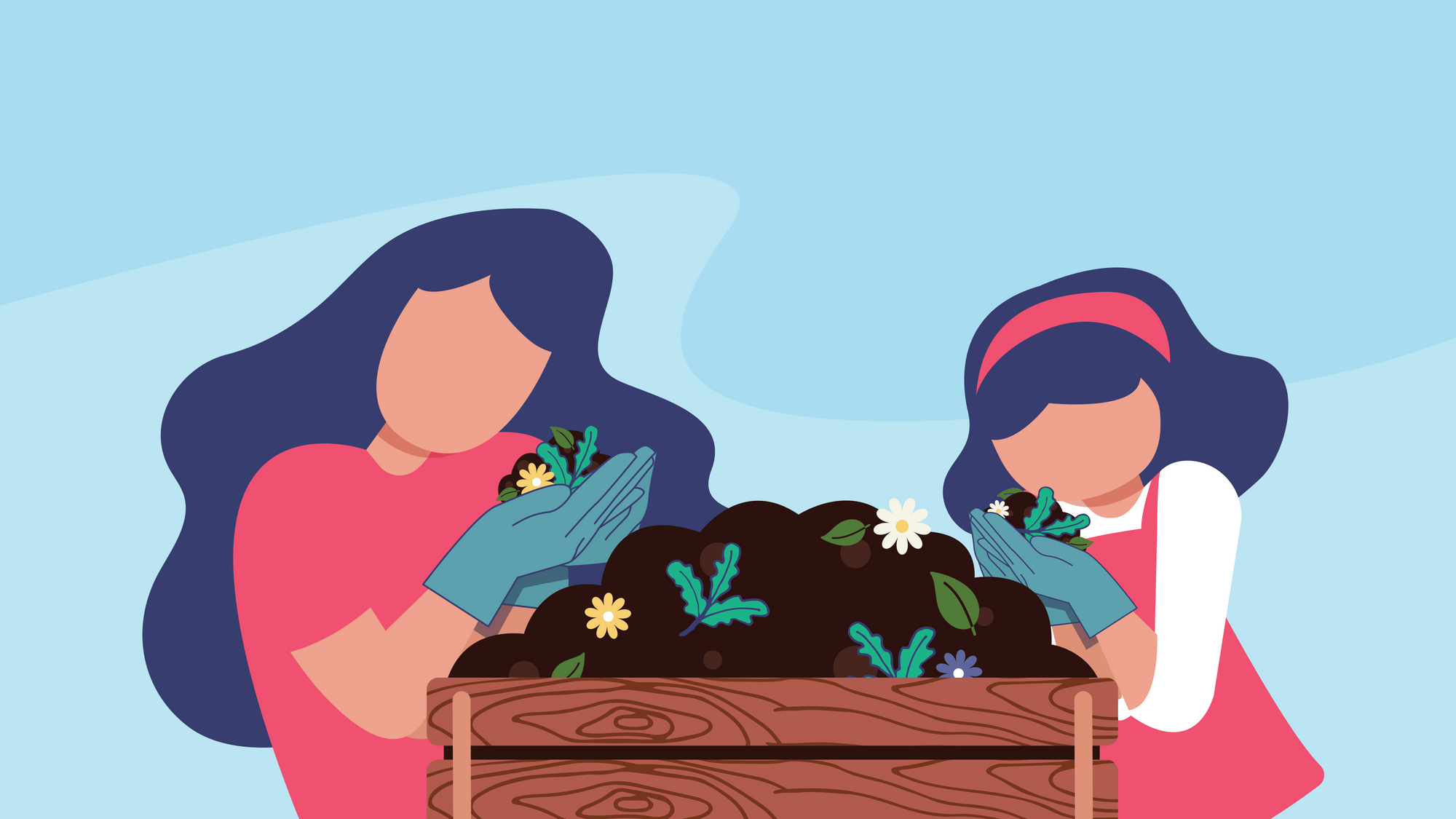No matter where you live in the world, it's possible to start a compost at home.
What kind of compost best suits your lifestyle all comes down to your living situation.
If you're an apartment dweller, then this article is probably not for you. We dive deep into an introduction to getting started with indoor composting at home here.
If you do have a backyard, you have the opportunity to start an outdoor compost, which creates an organic fertiliser material that can then be repurposed into your garden – win, win!
Here's our guide on how to get started with your backyard compost. 🌱
How to build your outdoor compost
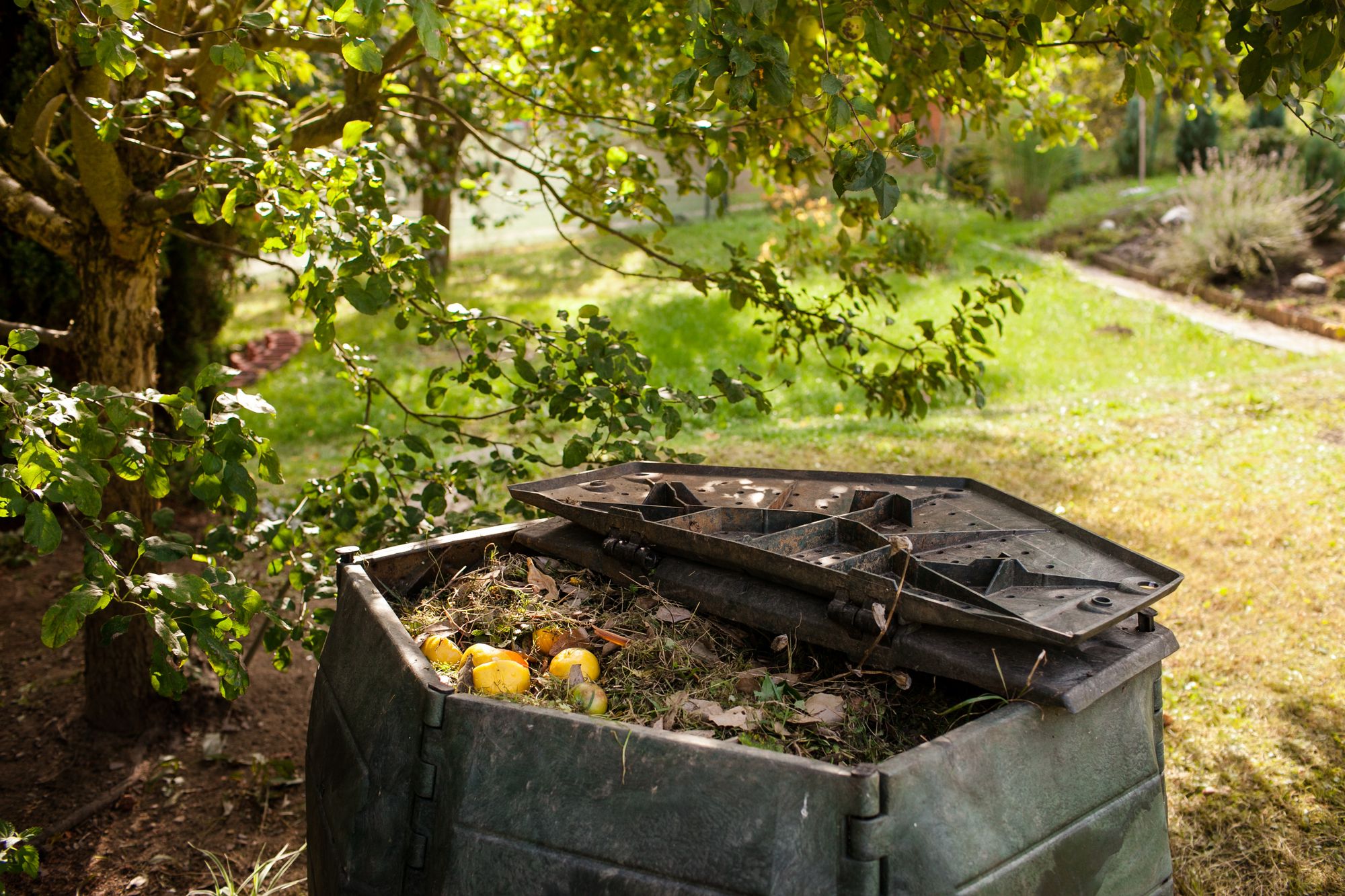
To begin backyard composting, you will need a dry, shady spot near a water source to place your compost pile or bin. If you decide to purchase a bin or chamber, there are great options available both online and in hardware and outdoor stores. We’ve even seen some creative innovations trending, like this FoodCycler by Vitamix or Subpod's in-garden composting systems.
Once you’ve designated a spot for your compost, you can begin adding your greens, browns, and water. We suggest mixing two parts brown to one part green as it allows for a good ratio for carbon to nitrogen production.
💡 Pro tip: low carbon-to-nitrogen ratios can be raised by adding paper products (like our packaging!)
Water is then added to the mixture to moisten dry materials as they’re added, so apply sparingly. Also be sure to chop or shred larger pieces so they break down quicker.
When adding fruit or vegetable waste, it’s important to bury the scraps underneath the other composting material, and keep the compost turning. Turning the compost will not only help it break down quicker but it will also prevent it from getting smelly.
If your bin comes with a removable lid, you have the option to cover the top to lock in moisture, though some air should be able to get in. You’ll know when your compost is ready to use when the material at the bottom is dark and rich.
This process usually takes anywhere between two months to two years, depending on the climate and materials.
Once you have that rich material at the ready, your compost can be used in the soil in your backyard to boost water retention and help with plant growth.
In turn, composting is a more affordable and direct way to create your own food, flowers, and plants.
✅ What should go in a backyard compost:
- Green materials for nitrogen production: grass clippings, yard waste, plants, fruit and vegetable scraps, and coffee grounds.
- Brown materials for carbon production: twigs, dead leaves, branches, and organic paper and cardboard.
- Water to nourish the waste and organisms.
- Noissue's Compostable mailers, Kraft Mailers, Shipping Labels, Stickers, Cards, Tissue Paper and Foodsafe Paper.
❌ What shouldn't go in a backyard compost:
- Animal products, dairy products, fats and oils, meat or fish bones.
- Noissue's Recycled Mailers, Recycled Padded Mailers or Tote Bags.
Swoondle Society founder Jen Zuklie shares her composting journey
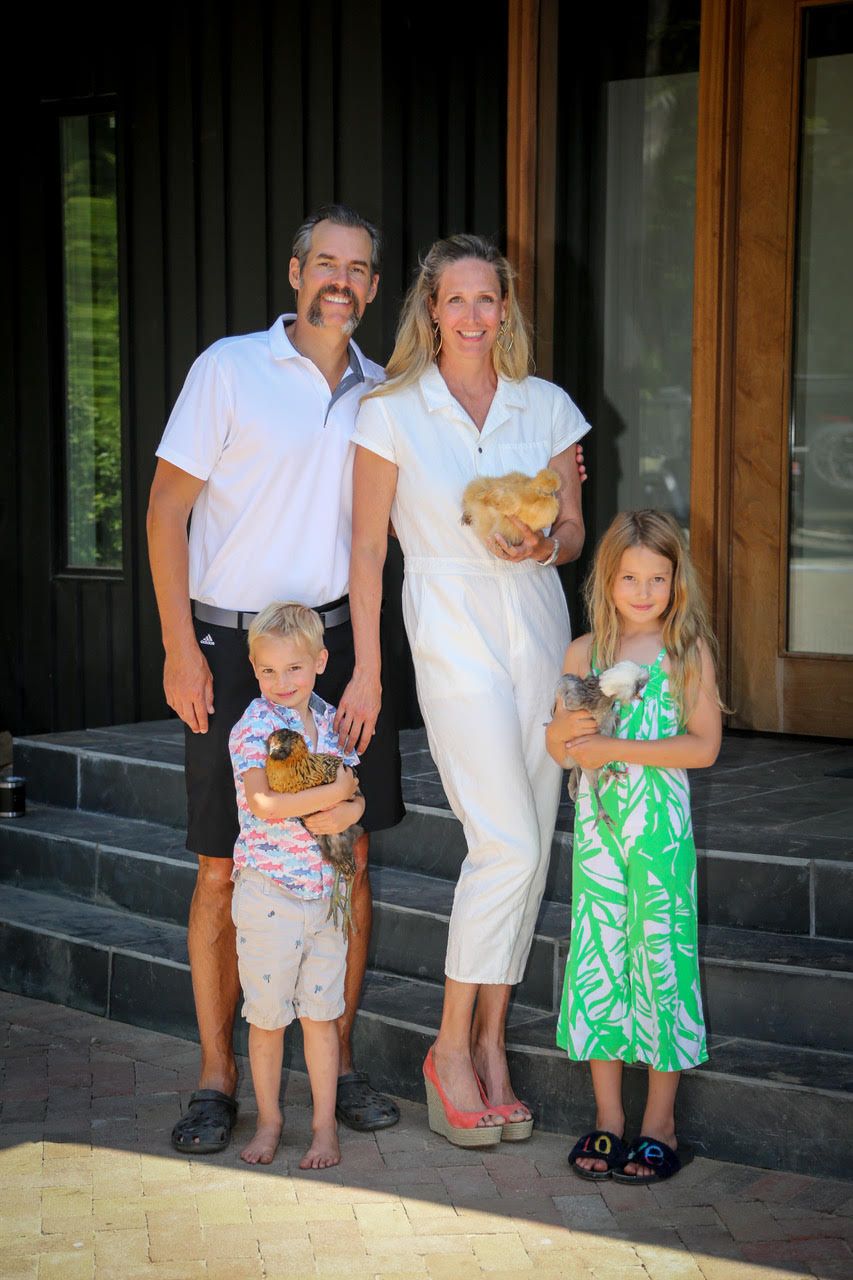
Jen Zuklie is the founder of The Swoondle Society, which has created a fun, hassle-free marketplace for parents to trade their children’s clothing, while doing better for the Earth. Here, she shares her home composting journey.
What has your sustainability journey been like as a consumer? When did you first start getting interested in this space?
Growing up in Michigan recycling was a part of everyday life. I have fond memories of collecting our household cans and bottles and recycling them for 10 cents each. We even called upon our neighbors and collected their recyclable cans and bottles to use the funds for our schools and clubs.
My mom was the driving force behind recycling in our household and in the early 80’s before curbside pick up was even a thing we would collect all of the recycled items and my mom would separate the items to a local church and recycling center.
At the time I didn’t think much of it, but looking back I can see how it shapes the ethos that The Swoondle Society prides itself on: community and reusability.
What are some of the challenges and wins you've experienced when it comes to composting?
The most important rule of composting is knowing what can and what cannot be composted. As an example, we found quite a few avocado pits in our garden this year, and quickly realized those do not break down.
This spring we were able to use one year's worth of compost to fertilize our garden, and I cannot wait to pluck my first tomato, cucumber and stalks of asparagus and know that the richness of their flavor and overall plant health is coming from former food and yard waste.
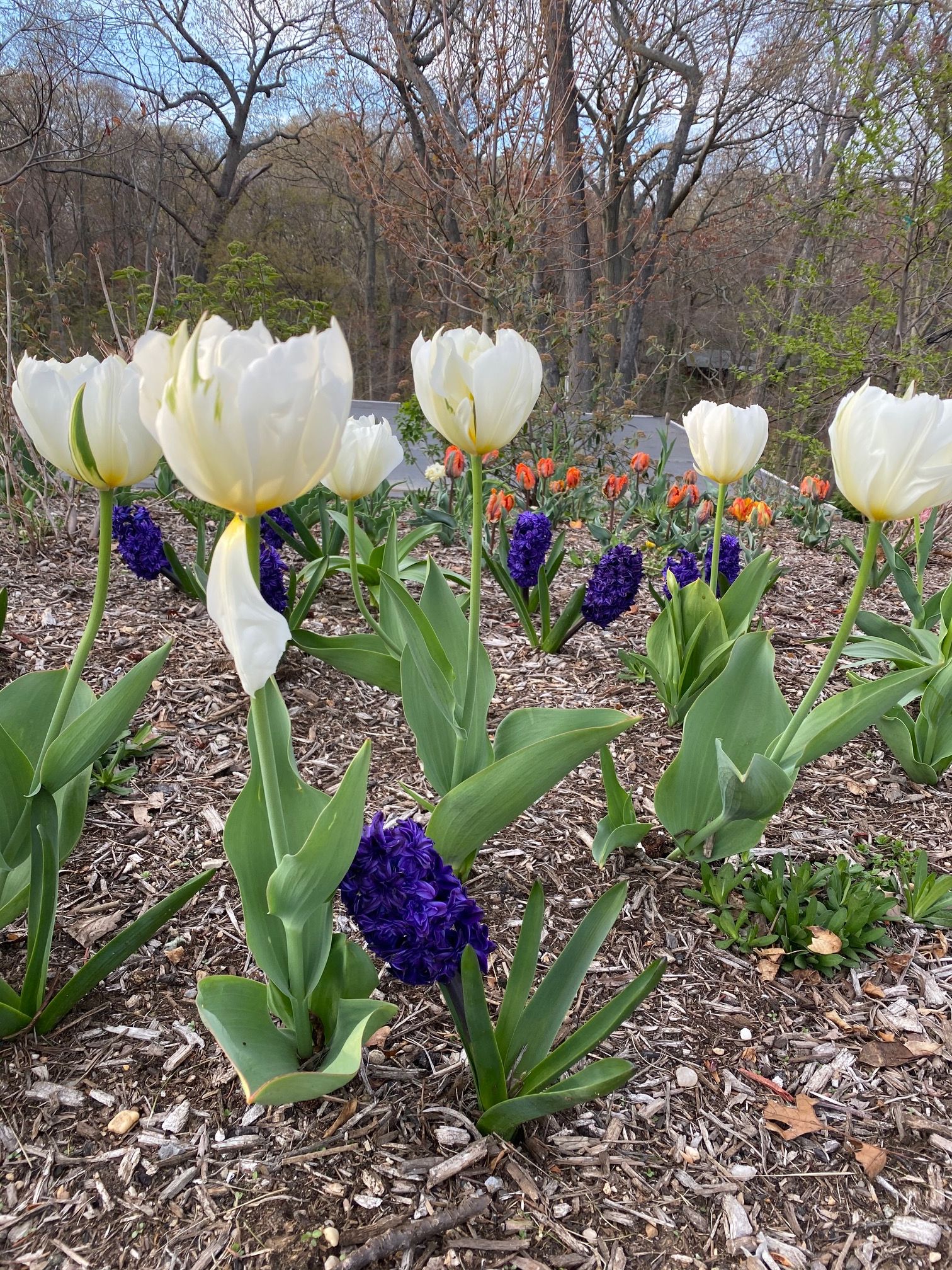

Where do you live, and what is the waste collection system like there? Can you dispose easily (and correctly) of compost waste?
We live on the North Shore of Long Island, New York. There is a curb-side recycling program which requires a fair amount of sorting – we have 4 waste bins and a compost to comply with the collection program. Unfortunately, curb-side composting is not a thing here yet, so we home compost.
Have you had a go at composting any noissue products, and what has that experience been like?
Ever since discovering noissue it has completely changed the way I think about composting. Swoondle Society and noissue have recently started working together, and are now using noissue’s home compostable shipping bags for any non-member shipments. As the weather is now starting to warm up in the Northeast we are planning to do a video of composting the noissue bags in a glass container and watch them come full circle.
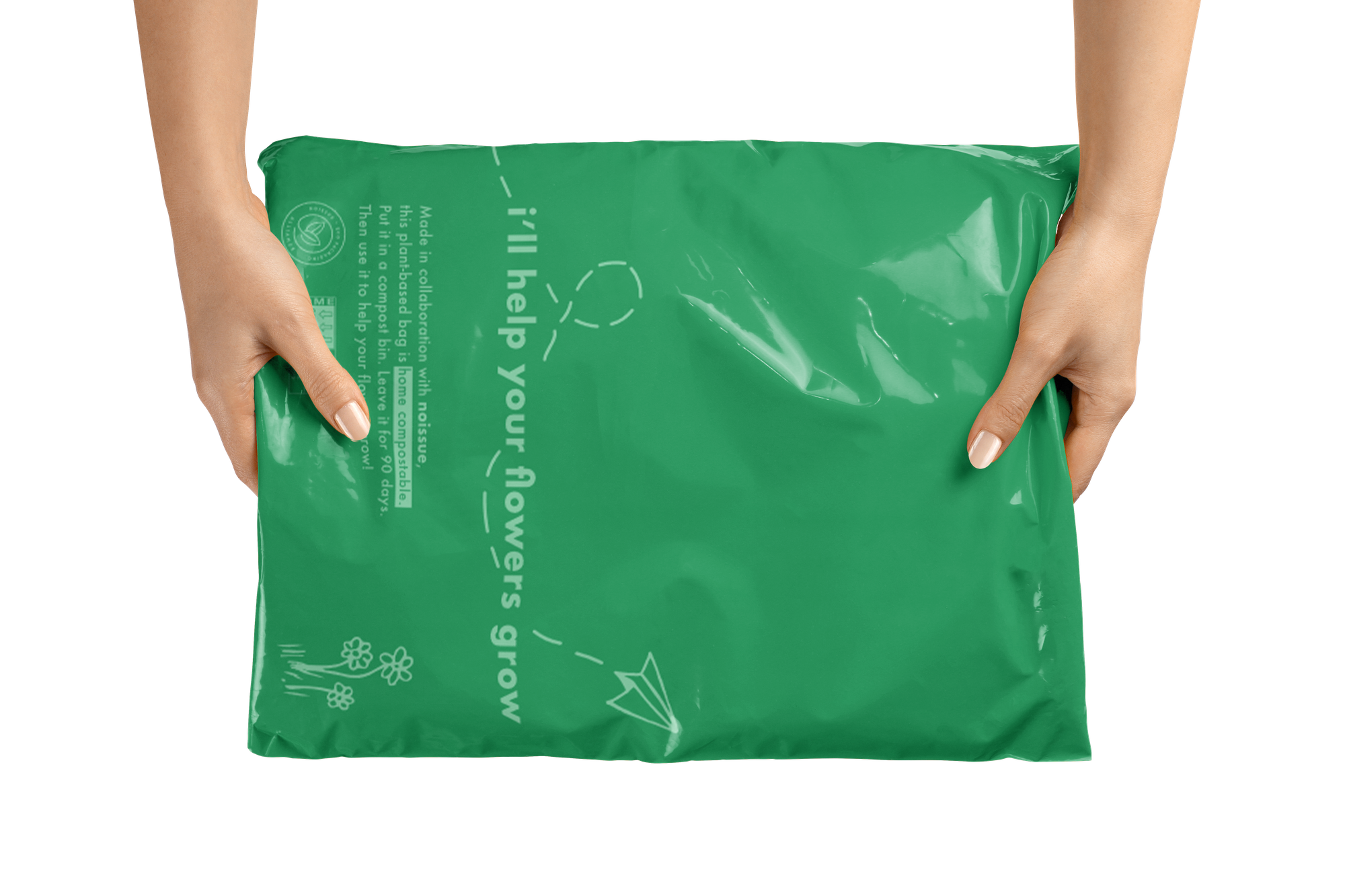
What's your top three tips for others when it comes to learning how to home compost?
1. Get the right tools. We use the barrel style tumblers that are on 'legs' to make airflow and rotation easy while keeping critters out. I would also recommend two bins, so after one fills, you can let it rest and decompose while you fill the second.
2. Keep a small bin in the house, too. We use it periodically take the scraps to the bigger outdoor bin.
3. Make sure you use the compost 'tea' or liquid. This is gardening gold! Dilute it and use as a very circular, organic fertilizer.
Besides composting, what are some other areas in your sustainability journey that you're exploring?
Since my children started school, we began using reusable containers for all school snacks, so buying items in bulk and then distributing them into the reusable containers.
We also do the same for leftovers and eliminate plastic products wherever and whenever possible. We also moved from buying flowers as gifts, and started sending plants,The Sill has some fabulous plant options for gifting.
Years ago I also decided to rent most of my clothing for day-to-day wear, and for my children, Swoondle covers over 80% of their clothing needs.

